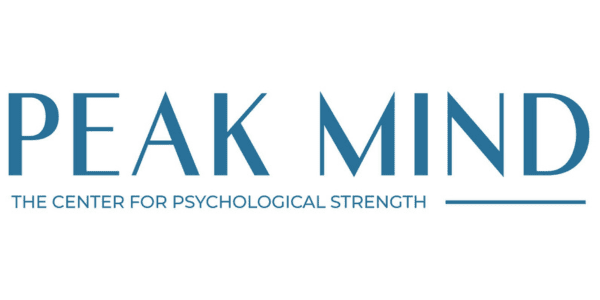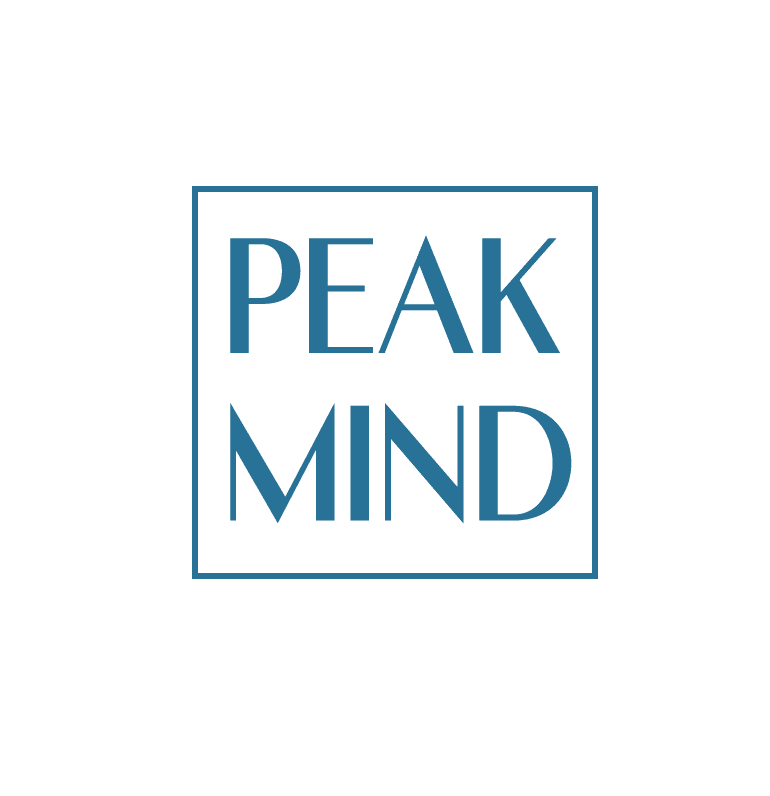DON'T FALL FOR THIS SNEAKY BRAIN TRICK
If you’re anything like me, you’re fascinated by how your brain works. I love learning about how our brains process information, the glitches in their programming, and how those natural tendencies influence us in helpful and not-so-helpful ways. Good thing, too, since I’ve spent the last two decades studying this kind of thing!
Distorted thinking patterns and brain glitches cause all kinds of problems. In the context of the upcoming election, though, one in particular stands out to me, and I want to make you aware of it, too, so that we can all work on keeping our thoughts healthy and helpful.
If you’re anything like me, you’re fascinated by how your brain works. I love learning about how our brains process information, the glitches in their programming, and how those natural tendencies influence us in helpful and not-so-helpful ways. Good thing, too, since I’ve spent the last two decades studying this kind of thing!
Distorted thinking patterns and brain glitches cause all kinds of problems. In the context of the upcoming election, though, one in particular stands out to me, and I want to make you aware of it, too, so that we can all work on keeping our thoughts healthy and helpful.
Black-or-White Thinking
A particularly common yet problematic brain glitch is black-or-white thinking (BOWT), also called dichotomous or all-or-none thinking. BOWT shows up when we think in rigid either/or terms. The issue here is that very few things in life are truly black and white. BOWT creates false extremes that can lead to all kinds of problems, and it keeps us from seeing the world as it really is.
Take these examples, for instance.
- “I ate a cookie, so my diet is blown.” What kind of choices are going to be made now, and how do those line up with health goals?
- “Everyone is better at that than I am.” What kind of impact is that thought going to have on continued effort and confidence?
- “You’re either with me or against me.” (Hello, election season.) What’s the effect here on collaboration and effective problem-solving? What about on attitudes and emotions?
- “If it’s not perfect, then it’s a failure.” How do those unreasonably high standards play out over time?
Are you starting to see how BOWT can create some problems? It becomes even more clear when we contrast it to more rational alternative thoughts like:
- “I ate a cookie, but that’s not the end of the world. I can still make healthy choices for the rest of the day and minimize the damage.”
- “A lot of people are better than I am at this, but I can improve with practice.”
- “We have a lot of differences, but I bet we can find some common ground to work from.”
- “No one is perfect. This is good enough.”
A particularly common yet problematic brain glitch is black-or-white thinking (BOWT), also called dichotomous or all-or-none thinking. BOWT shows up when we think in rigid either/or terms. The issue here is that very few things in life are truly black and white. BOWT creates false extremes that can lead to all kinds of problems, and it keeps us from seeing the world as it really is.
Take these examples, for instance.
- “I ate a cookie, so my diet is blown.” What kind of choices are going to be made now, and how do those line up with health goals?
- “Everyone is better at that than I am.” What kind of impact is that thought going to have on continued effort and confidence?
- “You’re either with me or against me.” (Hello, election season.) What’s the effect here on collaboration and effective problem-solving? What about on attitudes and emotions?
- “If it’s not perfect, then it’s a failure.” How do those unreasonably high standards play out over time?
Are you starting to see how BOWT can create some problems? It becomes even more clear when we contrast it to more rational alternative thoughts like:
- “I ate a cookie, but that’s not the end of the world. I can still make healthy choices for the rest of the day and minimize the damage.”
- “A lot of people are better than I am at this, but I can improve with practice.”
- “We have a lot of differences, but I bet we can find some common ground to work from.”
- “No one is perfect. This is good enough.”
Problems with BOWT
1. Negative effects on your feelings and behaviors
You’re probably getting the sense that BOWT can negatively impact your feelings as well as your actions, and it certainly can! In fact, BOWT can also contribute to broader and more pervasive depression and anxiety, too.
You’re probably getting the sense that BOWT can negatively impact your feelings as well as your actions, and it certainly can! In fact, BOWT can also contribute to broader and more pervasive depression and anxiety, too.
2. Limited choices
Have you ever found yourself in a situation in which you had to make a choice, but neither of the options in front of you seemed like good ones? For example, either I tell my friend she’s upsetting me and ruin the friendship or I say nothing and just deal with it. Yikes. Neither of those sounds particularly appealing, does it? Or perhaps this one: Either I send my kids back to school and they’ll get COVID or I quit my job to teach them at home. Again, neither sounds ideal. When BOWT is determining our choices, we’re limited. We can choose black or we can choose white. Often, though, there are gray choices available. We’re just not seeing them.
Have you ever found yourself in a situation in which you had to make a choice, but neither of the options in front of you seemed like good ones? For example, either I tell my friend she’s upsetting me and ruin the friendship or I say nothing and just deal with it. Yikes. Neither of those sounds particularly appealing, does it? Or perhaps this one: Either I send my kids back to school and they’ll get COVID or I quit my job to teach them at home. Again, neither sounds ideal. When BOWT is determining our choices, we’re limited. We can choose black or we can choose white. Often, though, there are gray choices available. We’re just not seeing them.
3. Relationship damage
When BOWT shows up in our relationships, bad things happen. Most people are a complex mix of strengths and flaws, of good intentions and mistakes. When we view people in black or white terms, though, we oversimplify and filter out important information. We miss out on that complexity and that can cause some damage. Consider, for a moment, what happens if you view your partner in all-or-none terms. Let’s assume your partner did something that he knows you don’t like, and your automatic thought was, “He never thinks about anyone but himself.” How is that scenario going to play out? And what happens if you repeatedly think of your partner in that way? Moreover, what happens when we think about children or coworkers or bosses or even strangers in black-or-white, extreme terms? I’m not seeing a pathway to solid, healthy relationships here. Are you?
When BOWT shows up in our relationships, bad things happen. Most people are a complex mix of strengths and flaws, of good intentions and mistakes. When we view people in black or white terms, though, we oversimplify and filter out important information. We miss out on that complexity and that can cause some damage. Consider, for a moment, what happens if you view your partner in all-or-none terms. Let’s assume your partner did something that he knows you don’t like, and your automatic thought was, “He never thinks about anyone but himself.” How is that scenario going to play out? And what happens if you repeatedly think of your partner in that way? Moreover, what happens when we think about children or coworkers or bosses or even strangers in black-or-white, extreme terms? I’m not seeing a pathway to solid, healthy relationships here. Are you?
Recognizing BOWT
BOWT can be sneaky and isn’t always easy to recognize. Fortunately, there are some red flags that can alert you that you are falling into this trap.
BOWT can be sneaky and isn’t always easy to recognize. Fortunately, there are some red flags that can alert you that you are falling into this trap.
Either/or
If you find yourself thinking or saying “either/or” take a pause. This is a signal of BOWT. Your mind is only seeing two options, and chances are that's a false dichotomy.
If you find yourself thinking or saying “either/or” take a pause. This is a signal of BOWT. Your mind is only seeing two options, and chances are that's a false dichotomy.
Extreme language
Extreme language is often a sign of BOWT. Words like "always/never" or "everyone/no one" signal extremes.
Extreme language is often a sign of BOWT. Words like "always/never" or "everyone/no one" signal extremes.
Shades of Gray
When you notice BOWT, I challenge you to find the gray. You may be able to do that by simply asking yourself if there’s a gray option here. Other helpful questions include:
- Can it be both/and instead of either/or?
- For example, can I be a generally successful person who also made a mistake? Can she be both loving towards me and occasionally do things that hurt my feelings?
- Are there any exceptions? Is this true 100% of the time in 100% of circumstances?
- Does my partner really never think about anyone else? Have there really been 0 times that he considered someone else’s needs?
- Is that conclusion extreme? Could there be another outcome?
- For example, does eating one cookie really mean that my diet is completely blown? Could it, instead, mean that I practiced moderation and can continue to make healthy choices?
- What’s a third option?
- For example, are these really my only two choices? How might I get the best of both? Or what else could I do in this situation?
- And, one of my all-time favorite, most useful questions…is this thought helpful?
When you notice BOWT, I challenge you to find the gray. You may be able to do that by simply asking yourself if there’s a gray option here. Other helpful questions include:
- Can it be both/and instead of either/or?
- For example, can I be a generally successful person who also made a mistake? Can she be both loving towards me and occasionally do things that hurt my feelings?
- Are there any exceptions? Is this true 100% of the time in 100% of circumstances?
- Does my partner really never think about anyone else? Have there really been 0 times that he considered someone else’s needs?
- Is that conclusion extreme? Could there be another outcome?
- For example, does eating one cookie really mean that my diet is completely blown? Could it, instead, mean that I practiced moderation and can continue to make healthy choices?
- What’s a third option?
- For example, are these really my only two choices? How might I get the best of both? Or what else could I do in this situation?
- And, one of my all-time favorite, most useful questions…is this thought helpful?
Beyond the Gray Zone
I hope you’ll embrace the gray and make efforts to counteract BOWT. Keep in mind, though, that changing your thinking patterns is an ongoing process. You’re going to slip into these glitches regularly, and it’s important that you don’t get black-or-white about your success! It’s possible to both make progress on your thinking AND slip into old habits. How’s that for gray zone?
And, if you are as fascinated with the brain as I am, you’ll love our Ascend program, especially Module 2: Your Mind. In this section of the program, we do a deep dive into how your mind works and why it does the things it does. Through the educational videos and hands-on exercises, you’ll learn about different forms of problematic thinking. You’ll get really clear on how your mind works and when it’s helping and hurting you. And most importantly, you’ll develop the skills to turn your mind into your biggest asset. Click the image below to learn more about the program.
It's up to each of us to learn how to make our minds work for us, and doing so can have a HUGE impact on your life experience. The gray zone, with its infinite shades, is a freer, more balanced place to live. I'll see you there!
I hope you’ll embrace the gray and make efforts to counteract BOWT. Keep in mind, though, that changing your thinking patterns is an ongoing process. You’re going to slip into these glitches regularly, and it’s important that you don’t get black-or-white about your success! It’s possible to both make progress on your thinking AND slip into old habits. How’s that for gray zone?
And, if you are as fascinated with the brain as I am, you’ll love our Ascend program, especially Module 2: Your Mind. In this section of the program, we do a deep dive into how your mind works and why it does the things it does. Through the educational videos and hands-on exercises, you’ll learn about different forms of problematic thinking. You’ll get really clear on how your mind works and when it’s helping and hurting you. And most importantly, you’ll develop the skills to turn your mind into your biggest asset. Click the image below to learn more about the program.
It's up to each of us to learn how to make our minds work for us, and doing so can have a HUGE impact on your life experience. The gray zone, with its infinite shades, is a freer, more balanced place to live. I'll see you there!
“Don’t define your world in black and white, because there is so much hiding amongst the greys.”
- Unknown

Written by Dr. Ashley Smith
Peak Mind Co-founder


